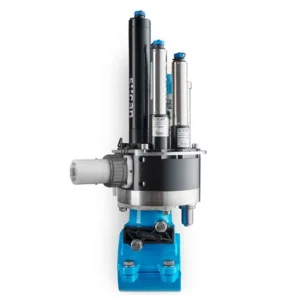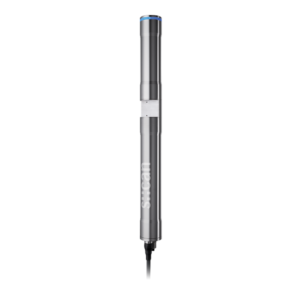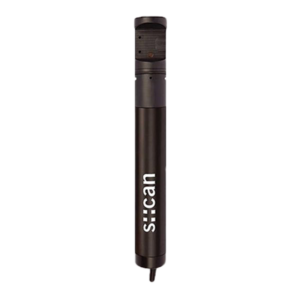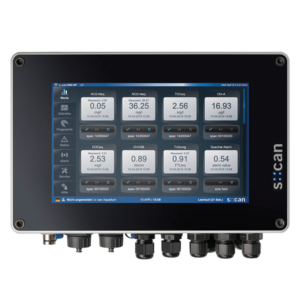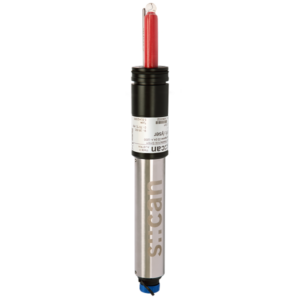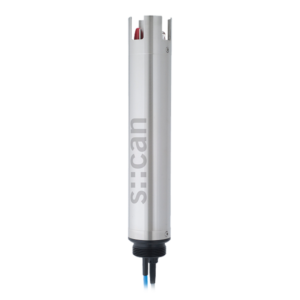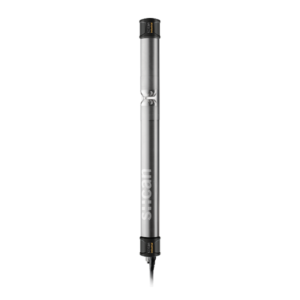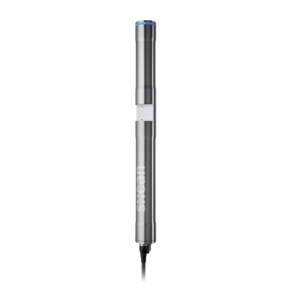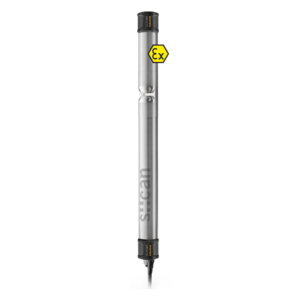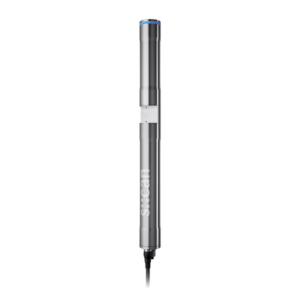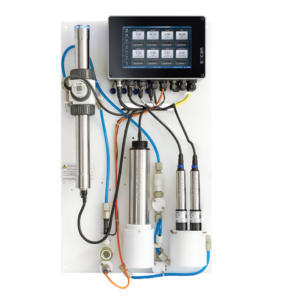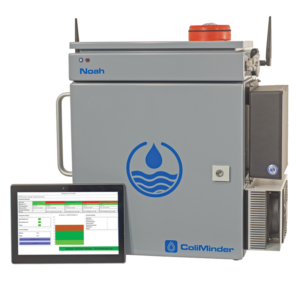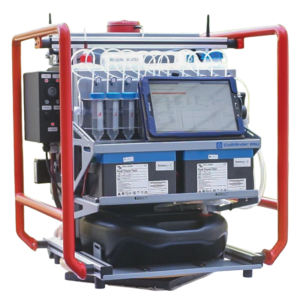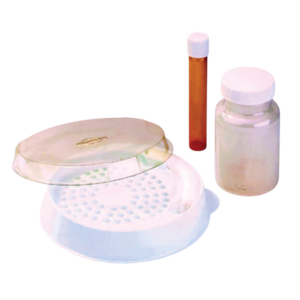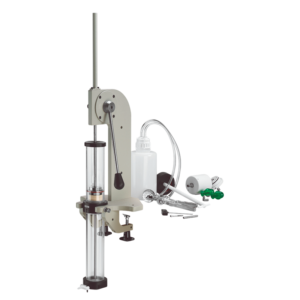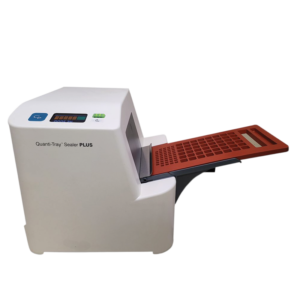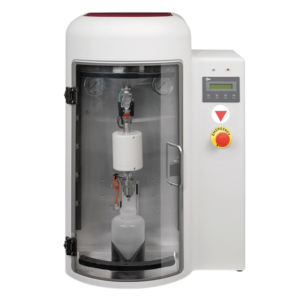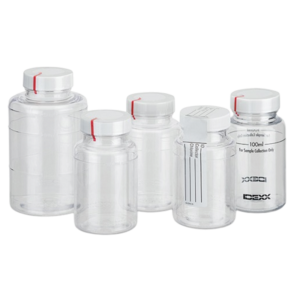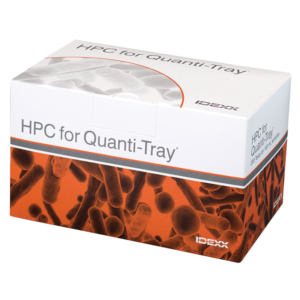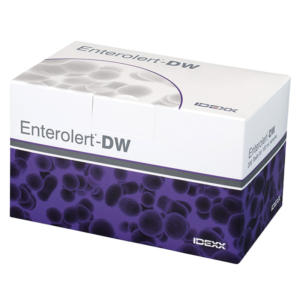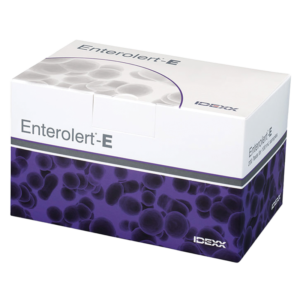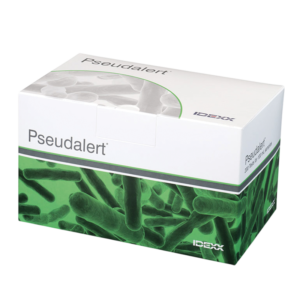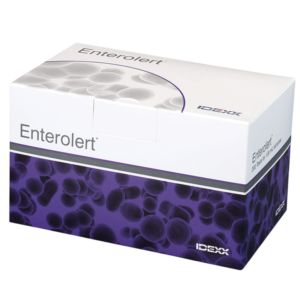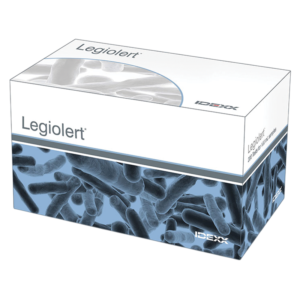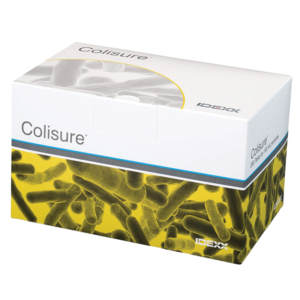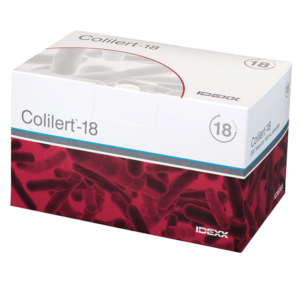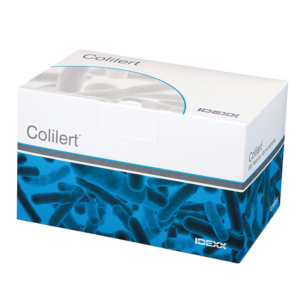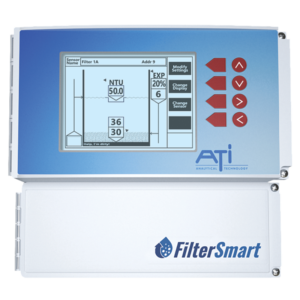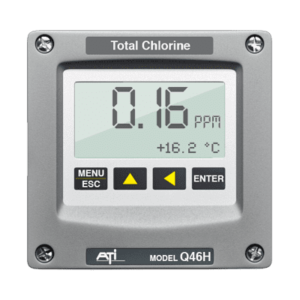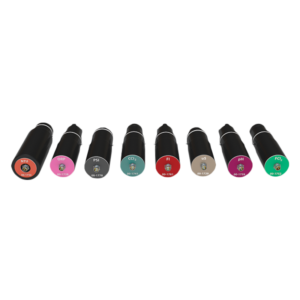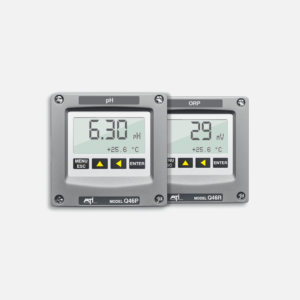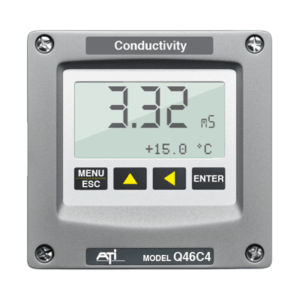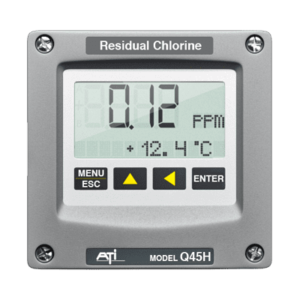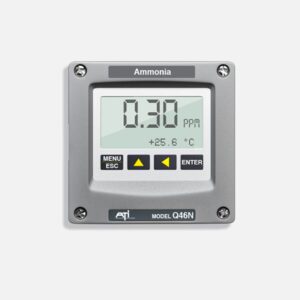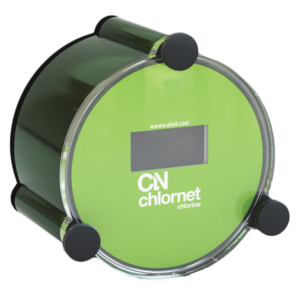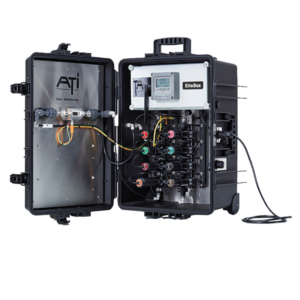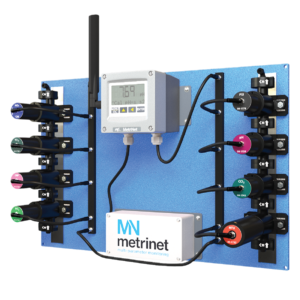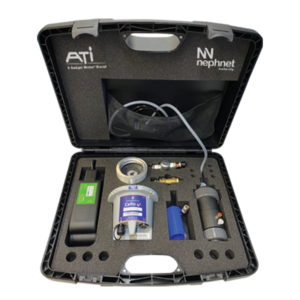Drinking Water Quality Monitoring
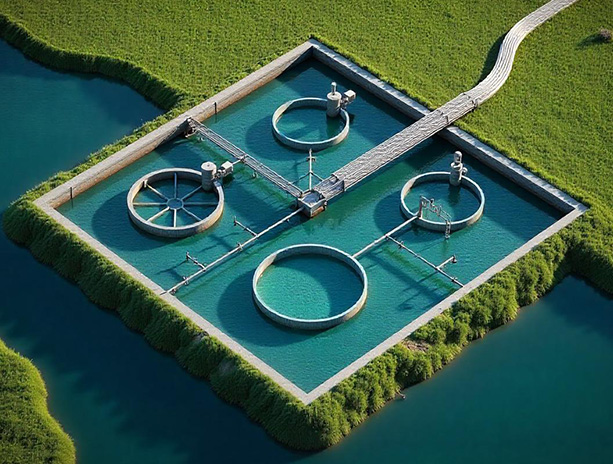
Related Products
Online Monitoring of Drinking Water
Online Monitoring of Microbiological Water Quality
Laboratory Instruments for Water Quality Analysis
Water Monitors for Drinking Water Monitoring- ATi
Drinking water quality monitoring is essential to ensure the water we consume is safe, clean, and compliant with health standards. From detecting contaminants like nitrates, bacteria, and heavy metals to providing real-time data via smart sensor-based monitoring systems, the goal is to protect public health, support environmental safety, and meet CPCB and WHO guidelines. Whether it’s for groundwater, municipal supply, industrial plants, or institutional facilities, monitoring allows proactive decisions, rapid alerts, and full transparency. Aaxis Nano delivers advanced solutions including online water quality monitoring systems, automated data logging, and custom sensor deployments to help stakeholders ensure water safety at every point—from source to tap.
What is Drinking Water Quality Monitoring?
Understanding the Basics
Drinking water quality monitoring involves the continuous or periodic measurement of key indicators in water to assess its fitness for consumption. It enables detection of contaminants and changes in water composition at the source, during treatment, and throughout the distribution network.
📌 Why it matters: Without proper monitoring, contaminated water can go unnoticed, leading to serious public health risks like cholera, fluorosis, or lead poisoning.
Key Parameters in Drinking Water Quality Monitoring
What Are We Measuring, and Why?
Effective monitoring includes measuring the following essential parameters that influence both health and regulatory compliance:
-
pH: Indicates acidity or alkalinity; vital for taste and safety
-
Turbidity: Cloudiness that signals microbial or physical contamination
-
TDS (Total Dissolved Solids): Indicates mineral concentration; too high = poor taste and scale formation
-
Conductivity: A measure of ionic activity; helps infer contamination
-
Residual Chlorine: Ensures disinfection but must stay within safe levels
-
Nitrates/Nitrites: Harmful especially for infants—linked to “blue baby syndrome”
-
Fluoride: Helps teeth but causes fluorosis in excess
-
Coliform Bacteria: Primary indicator of biological contamination
-
Heavy Metals (Lead, Arsenic, etc.): Toxic even at low concentrations
🔍 Why monitor all of these? Because even small deviations from standards can lead to health hazards, legal issues, and public backlash.
Why is Drinking Water Quality Monitoring Important?
Understanding the Impact
-
Health Protection: Prevents exposure to harmful pathogens and toxins
-
Legal Compliance: Meets CPCB, BIS, and WHO standards
-
Operational Efficiency: Detects leaks, contamination, and equipment failure early
-
Transparency: Builds public confidence when data is shared publicly
-
Data-Driven Decision Making: Supports better planning, budgeting, and policy design
🧠 Bottom line: Without quality data, you’re operating in the dark.
Types of Drinking Water Monitoring Systems
Manual vs. Online Monitoring
Manual Sampling
Still used in many areas, this method involves collecting physical water samples for lab analysis.
-
Pros: Lower setup cost
-
Cons: Time-consuming, error-prone, no real-time insights
Online Continuous Monitoring Systems
These are automated sensor-based solutions that track water parameters 24/7.
-
Pros: Real-time alerts, cloud data access, better compliance
-
Cons: Slightly higher initial investment but better ROI over time
💡 Tip: Online monitoring is the gold standard for smart cities and industrial facilities.
Where is Drinking Water Monitoring Implemented?
-
Municipal Water Supply Systems
-
Rural Water Supply Schemes (Panchayat level)
-
Industrial Facilities and Housing Societies
-
Hospitals, Hostels, and Educational Institutions
-
Real Estate and Township Water Supply
🏭 Even bottled water plants rely on strict monitoring to pass quality certification.
CPCB Guidelines for Drinking Water Quality Monitoring
What Do Indian Regulations Require?
The Central Pollution Control Board (CPCB) mandates real-time monitoring with specific standards:
-
Online Data Transmission to state/central boards
-
Tamper-proof sensors
-
GPS tracking of installed units
-
Alarm-based alerts when thresholds exceed
-
Regular calibration and maintenance logs
🧾 Regulatory insight: Failing to comply can result in fines or operational bans.
Best Practices in Drinking Water Monitoring
-
Install sensors at multiple points (source, treatment plant, and endpoints)
-
Calibrate sensors regularly as per manufacturer and CPCB guidelines
-
Ensure solar or backup power for remote monitoring
-
Maintain audit trails and report generation for inspections
-
Use encrypted communication for data security
✅ Pro Tip: Schedule monthly QC audits to maintain sensor performance and legal compliance.
Smart Drinking Water Monitoring – Technology in Action
How Modern Systems Work
At Aaxis Nano, we use state-of-the-art technology to give you real-time, scalable, and intelligent systems:
-
IoT-enabled multi-parameter analyzers
-
Wireless data transmission (4G/GPRS/WiFi)
-
Dashboard visualization and reporting tools
-
Cloud-based storage and analytics
-
Mobile app-based alerting system
-
Integration with SCADA and RTDAS platforms
You get total control and visibility on your water supply—anytime, anywhere.
Drinking Water Monitoring in India – Current Scenario
Why It’s More Urgent Than Ever
-
80+% of rural areas still depend on unmonitored groundwater
-
Water-borne illnesses are a leading cause of hospitalization
-
Programs like Jal Jeevan Mission, Smart Cities, and Swachh Bharat Abhiyan have made it mandatory to ensure water quality
-
CSR and ESG metrics now require clean water assurance
🔔 The shift to real-time monitoring is not optional—it’s essential.
Use in Research & Education
-
Hydrology and water resource management
-
Environmental studies and public health research
-
AI-based prediction modeling using quality data logs
🧪 Students and scientists need this data to innovate for water-scarce future.
Commercial & Industrial Value
How Businesses Benefit
-
Industries: Meet pollution board norms, avoid fines
-
Construction/Builders: Showcase green certifications and win buyer trust
-
CSR Initiatives: Deliver high-impact water projects with real-time transparency
-
Hospital Chains and Institutions: Ensure patient/student safety with data-backed water safety
Aaxis Nano – Comprehensive Drinking Water Monitoring Solutions
At Aaxis Nano, we offer end-to-end drinking water quality monitoring solutions, tailored to your site conditions, compliance needs, and scalability.
Our capabilities include:
-
Turnkey supply, installation & commissioning
-
Multi-parameter analyzers and sensor kits
-
Solar-powered and battery-backed systems
-
Cloud dashboards and SMS/email alerting
-
Annual Maintenance Contracts (AMCs)
-
24/7 tech support and remote diagnostics
🔗 Explore Related Pages:
Conclusion: Let’s Build a Safer Water Future
Whether you represent a government body, urban planning authority, institution, or corporate house, drinking water quality monitoring should be your top priority. With advanced systems from Aaxis Nano, you can ensure clean, safe, and transparent water delivery—24×7, 365 days a year.
📞 Reach out today for a customized demo, technical consultation, or turnkey project discussion.

